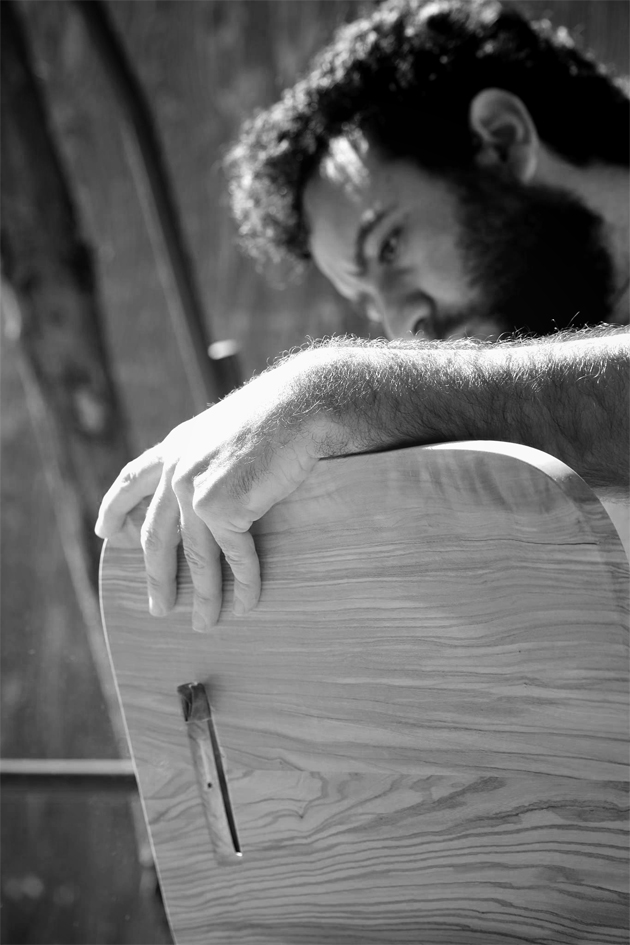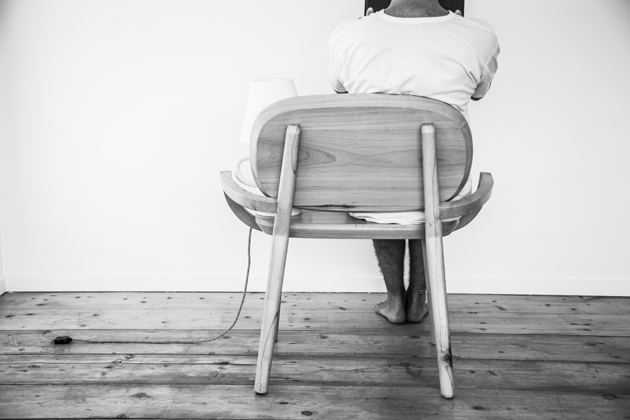“Family” and “traditions”, the two words everything revolved around during the Christmas holidays and New Year’s Eve. It was the perfect time to ask a few questions to the Italian designer Antonio Aricò, who decided to leave Milan 3 years ago, and return back home with his family, in Calabria.
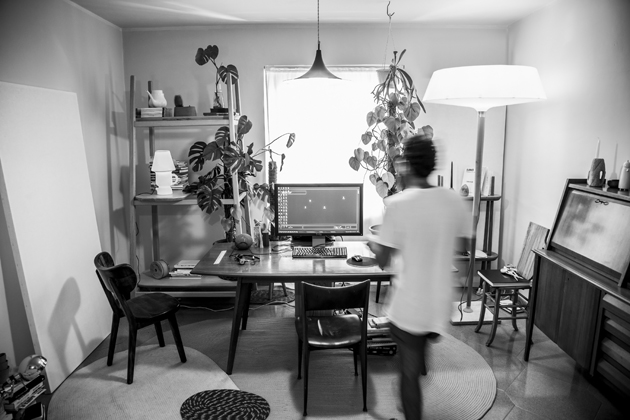
3 years ago you decided to go back home. Can you tell us something about your home in Italy and why you decided to return to your origin?
In the South of Italy the idea of “home” is still something big and strong, something that goes beyond the concept of “house” or “furniture”. It concerns family stories and moments, it is about a continuous sharing and it is based on the idea of hospitality and cosiness. I was deeply missing the good feelings and positive emotions that have always been present in my childhood. The reason why I made this decision was because I wanted to recover that feeling before becoming an “adult”, in this way I could learn again its meaning and keep it with me forever. This decision was not based on a rejection of Milan, I just wanted to start a personal research and I thought that in order to do so, home was the place.
What does the word “tradition” mean to you?
To me, tradition is not only related to the aesthetics of an artefact, but to the process and the method that are used. For me it is based on the idea of dying and on the respect of values and meanings… Tradition is “old school” and often I think that we are almost “the last generation” that can see the old ways and methods disappearing. I feel as if I have the duty to mix them with a modern touch.
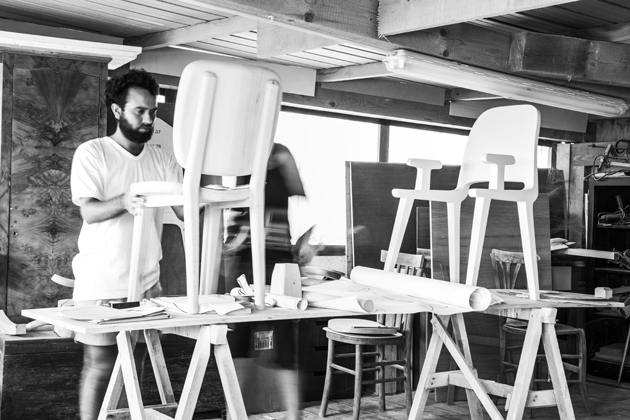
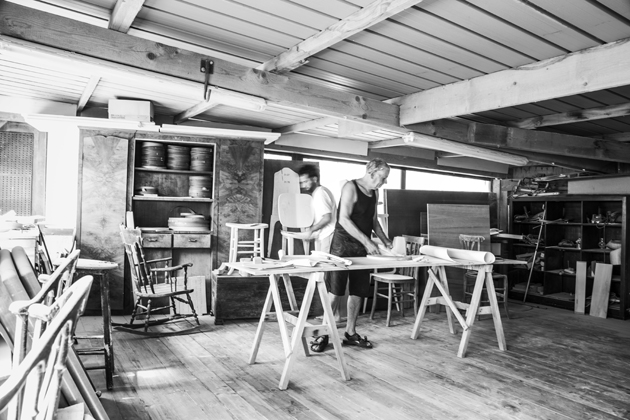
How does the design process with your family look like? Do you discuss everything around the kitchen table?
Sometimes I start doing a lot of doodles and other times I see an old object in my grandfather’s carpentry, then I ask myself questions and finally draw some ideas. I usually show them to my parents, but also to my uncle Fedele and to my grandmother – hearing their opinions is really interesting. For many years, I have received opinions from professional designers or architects and honestly, I find my family’s point of view enlightening: they go straight to the point. I am lucky, because we all live in the same building. But the person who inspires me the most is my grandfather, nonno Saverio. He works without wasting material or time and usually does not talk that much, he just says “certu si poti fari, chi ci voli?” that translated from the Calabrese dialect means “of course it can be done, it’s easy!”
Looking back, has the return to your roots influenced the way you work nowadays?
After 3 years, I can say that this has totally influenced my way of working. Before going back home, I was really into 3D modelling and now sometimes I do not even sit in front of the computer anymore. Nevertheless, I think that the biggest influence came with the use of “tasty” and natural materials, really typical in Calabria. This region is a beautiful “piece” of Italy, surrounded by the Mediterranean Sea and with beautiful and eclectic landscapes.
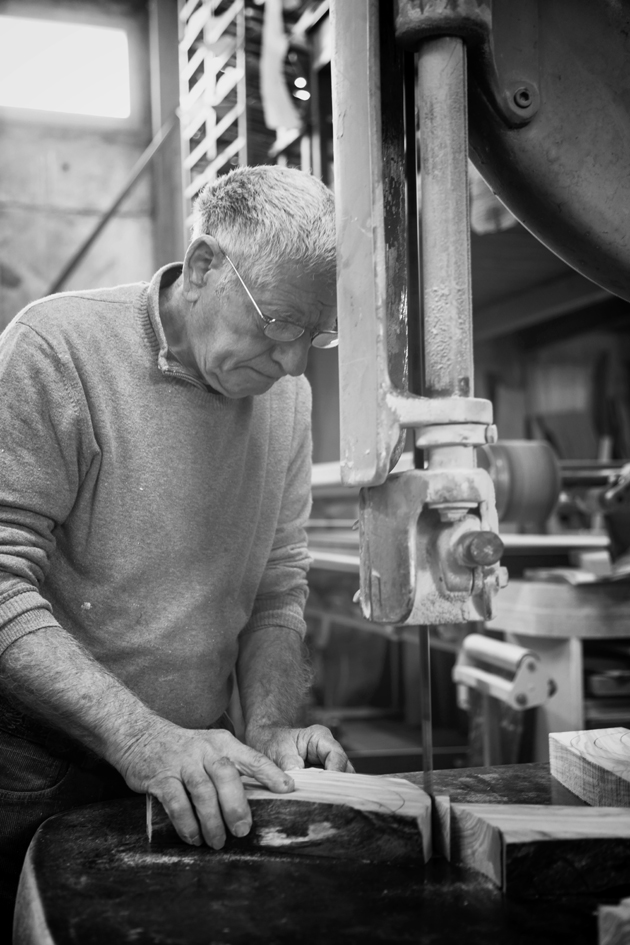
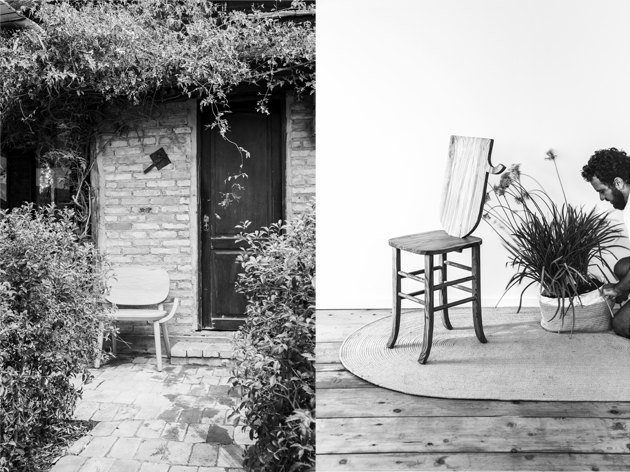
You work a lot with different kinds of wood, where did you get your carpentry skills?
I definitely did not learn about wood at school, I learnt it at home, in Calabria. Woodworking is something common in my family. I make small objects and I help my grandfather with the sanding, but when it comes to the real building of the piece, he does it himself. While on one side I leave the making to the “artisan”, I really like to select the wood, not only the kind of wood but also the piece of wood! I like to imagine which part of the wood will “dress” the design of the object by studying the colour of the wood and its veins. I choose a particular wood for a specific design, and I like to caress the surface of the wood, because I think the wood is a “living material”.
Your works carry narrative titles such as Welcome Tree Carpet, Back Home, Olive Oil Tasting Set and Still Alive, what is the narrative behind your work?
People think that in the end an object is “just an object”. I know it can seem “old style” being too narrative, taking the risk of not being straightforward. However, I often like to imagine that objects are like people: every piece has its own character and story. However, the majority of people are used to reading stories, instead of “perceiving” them behind objects. Therefore, the narrative title is a “resume” of the story of the object – so that it is approachable to everybody.
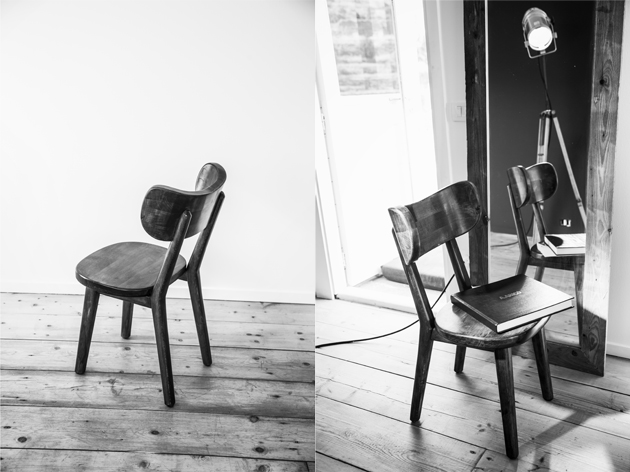
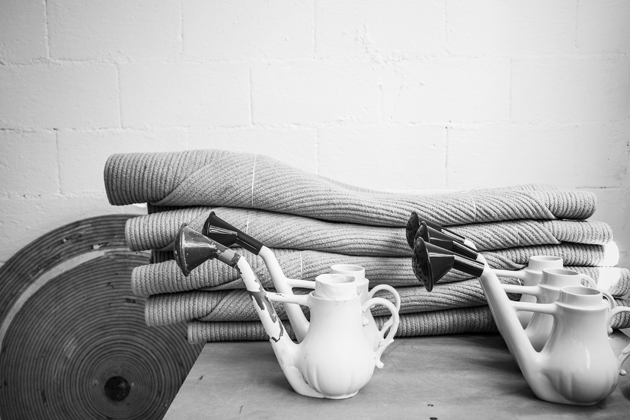
During the last Salone del Mobile 2013, your work was part of the exhibition Nomadismi curated by Lidewij Edelkoort & Raffaele Carrieri, do you consider yourself a “third millennium” nomad?
I definitely feel closer to a nomadic nature rather than to a sedentary culture. When I was studying, I had the chance to change city almost every year. Now that I am in my family’s home in the south, I feel a sense of freedom that I had lost. The beautiful thing about the fact that you can think about yourself as a nomad is that you are never scared to lose something and you can easily adapt yourself to different situations. I think that a nomad approach to life is more spontaneous and for this reason it is closer to my personal idea of what creativity should be.
How do you see yourself working in the future? What will your work ethos be in, let us say, ten years?
I know that what I am doing now has been a playing and learning process, an important step in my life and career. I would like to keep studying in a practical way to learn what design is for me. One day, I would like to put this personal process into mass production and at the same time stay close to artisanal techniques, which are softly dying. I have a dream: to always work on the natural and spontaneous side in the creative industry, but there is no “business plan” for dreams. In ten years I will be 40, then I see myself working with young people and sharing what I have learned but also learning from them, their new ways of approaching design, so I can always deliver new and evolved narratives to design companies and to people.
